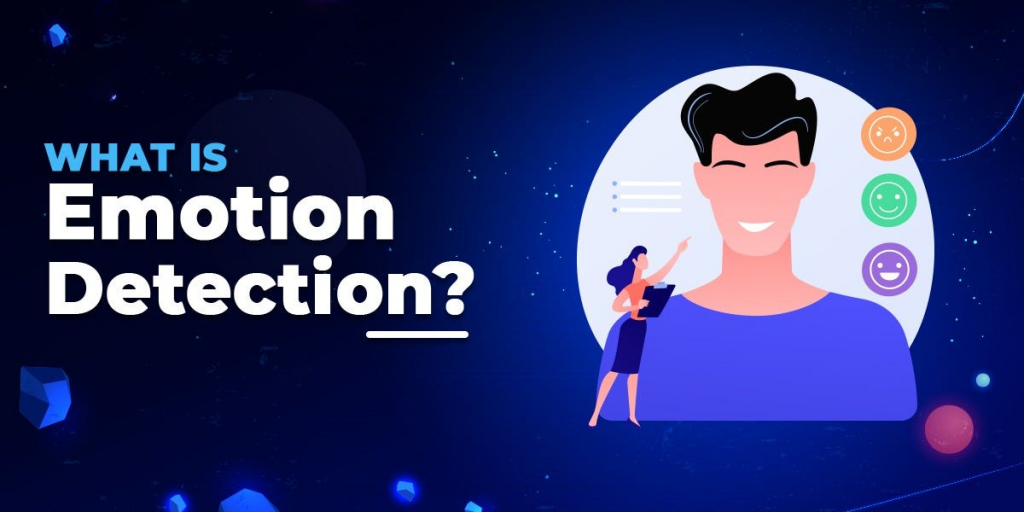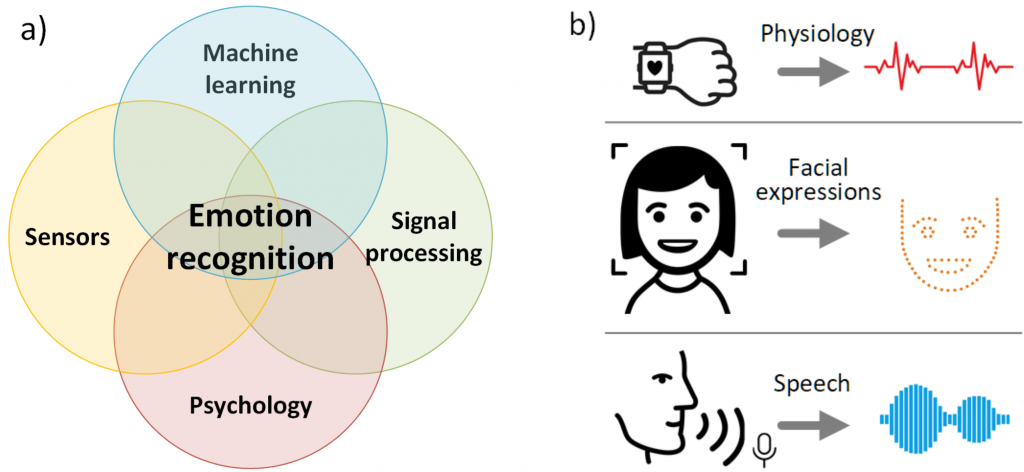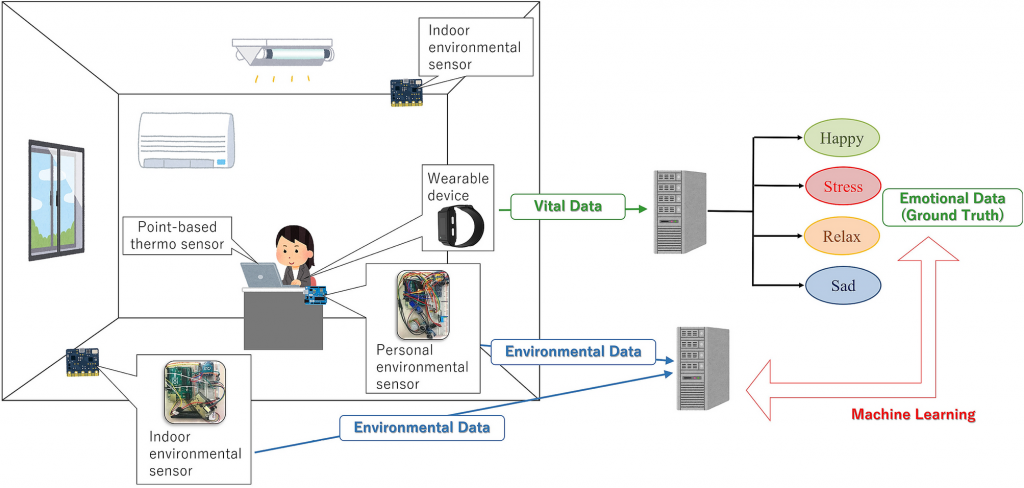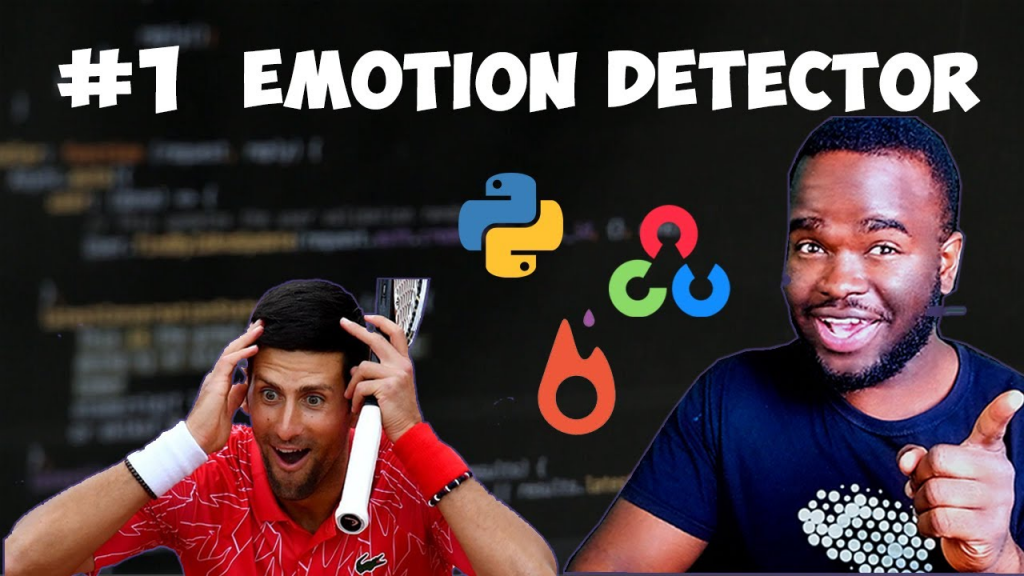What are Emotion Detection Tools?

Emotion Detection Tools, also known as Affective Computing tools, are software applications that use natural language processing (NLP) and machine learning techniques to identify and analyze emotions expressed in text, speech, or images. These tools can recognize various emotions such as happiness, sadness, anger, fear, and more, providing valuable insights into the emotional state of individuals or groups.
Top 10 use cases of Emotion Detection Tools:
- Customer Feedback Analysis: Emotion detection tools can analyze customer feedback to understand customer sentiments and emotions about products or services.
- Social Media Monitoring: Businesses use emotion detection to track and analyze emotions expressed in social media posts and comments.
- Sentiment Analysis Enhancement: Emotion detection can enhance sentiment analysis by providing a more nuanced understanding of emotions behind the sentiment.
- Market Research: Emotion detection is used to gauge emotional responses to marketing campaigns and advertisements.
- Voice Assistants: Emotion detection enhances voice assistants’ ability to recognize and respond to user emotions.
- Virtual Reality and Gaming: Emotion detection enhances user experiences in virtual reality and gaming by adapting content based on emotions.
- Healthcare: Emotion detection is used in mental health monitoring and therapy to understand patients’ emotional states.
- Education: Emotion detection can be used in educational settings to assess students’ engagement and emotional responses.
- User Experience Design: Emotion detection helps in designing user interfaces that consider users’ emotional responses.
- Security and Surveillance: Emotion detection is used in security and surveillance to detect suspicious or threatening emotions.
What are the feature of Emotion Detection Tools?

- Emotion Recognition: Emotion detection tools can recognize various emotions expressed in text, speech, or images.
- Multimodal Analysis: Some tools can perform emotion detection on multiple modalities, such as text, speech, and images.
- Customization: Some tools can be fine-tuned for specific domains or industries.
- Real-Time Processing: Some tools provide real-time emotion detection capabilities.
How Emotion Detection Tools Work and Architecture?

The architecture of Emotion Detection Tools varies depending on the input modality (text, speech, or images) and the specific techniques used. Generally, the process involves the following steps:
- Text/Speech/Image Preprocessing: The input data (text, speech, or images) is preprocessed to remove noise and standardize the data.
- Feature Extraction: Features are extracted from the preprocessed data. For text, features may include word embeddings or emotion-related linguistic features. For speech, features may include acoustic features like pitch and intensity. For images, features may include facial expressions or body language.
- Emotion Classification Model: The features are fed into a machine learning or deep learning model that classifies the emotions expressed in the data.
- Emotion Detection Output: The model outputs the predicted emotions associated with the input data.
How to Install Emotion Detection Tools?
The installation process for emotion detection tools depends on the specific tool or library used. Some popular libraries and APIs for emotion detection include:
- NLTK (Natural Language Toolkit): A Python library that provides tools for natural language processing, including emotion analysis for text data.
pip install nltk- OpenFace: An open-source facial behavior analysis toolkit that can detect facial expressions for emotion analysis in images and videos.
- DeepMoji: A Python library for multi-modal emotion analysis using deep learning, focusing on emoji-style emotion representations.
Please note that some emotion detection tools may require additional setup, such as pre-trained models or API keys for cloud-based services. Always refer to the official documentation and tutorials provided by the specific tool or API for detailed installation instructions and best practices.
As emotion detection can involve different modalities (text, speech, images) and may require specific data preprocessing, feature extraction, and modeling techniques, it’s essential to choose the appropriate tool based on your specific use case and data requirements.
Basic Tutorials of Emotion Detection Tools: Getting Started
Sure! Here’s a step-by-step basic tutorial for emotion detection using TextBlob, which is a popular Python library for natural language processing that includes sentiment analysis capabilities.

Step-by-Step Basic Tutorial for Emotion Detection using TextBlob:
- Install TextBlob:
- Using pip, Install the TextBlob library:
pip install textblob
2. Import Libraries:
- Create a Python script (e.g.,
emotion_detection.py) and import the necessary libraries:
python from textblob import TextBlob
3. Perform Emotion Detection:
Use TextBlob to perform emotion detection on a text: def get_emotion(text): analysis = TextBlob(text) emotion_scores = analysis.sentiment polarity = emotion_scores.polarity subjectivity = emotion_scores.subjectivity # Determine the emotion based on polarity and subjectivity if polarity > 0: emotion = "Positive" elif polarity < 0: emotion = "Negative" else: emotion = "Neutral" return emotion, polarity, subjectivity input_text = "I love this product! It's amazing." emotion, polarity, subjectivity = get_emotion(input_text) print("Emotion: ", emotion) print("Polarity: ", polarity) print("Subjectivity: ", subjectivity)
4. Run the Emotion Detection Script:
- Run the Python script, and it will analyze the emotion of the input text and print the emotion label, polarity, and subjectivity scores.
This tutorial demonstrates a basic emotion detection using TextBlob, which is a rule-based sentiment analysis library. However, it’s essential to note that emotion detection can be more complex, especially when analyzing nuanced emotions or working with multimodal data (text, speech, images). For more advanced emotion detection tasks, you may consider using specialized tools and libraries like OpenFace for facial emotion analysis or DeepMoji for multi-modal emotion analysis with deep learning.
- Why Can’t I Make Create A New Folder on External Drive on Mac – Solved - April 28, 2024
- Tips on How to Become a DevOps Engineer - April 28, 2024
- Computer Programming Education Requirements – What You Need to Know - April 28, 2024

